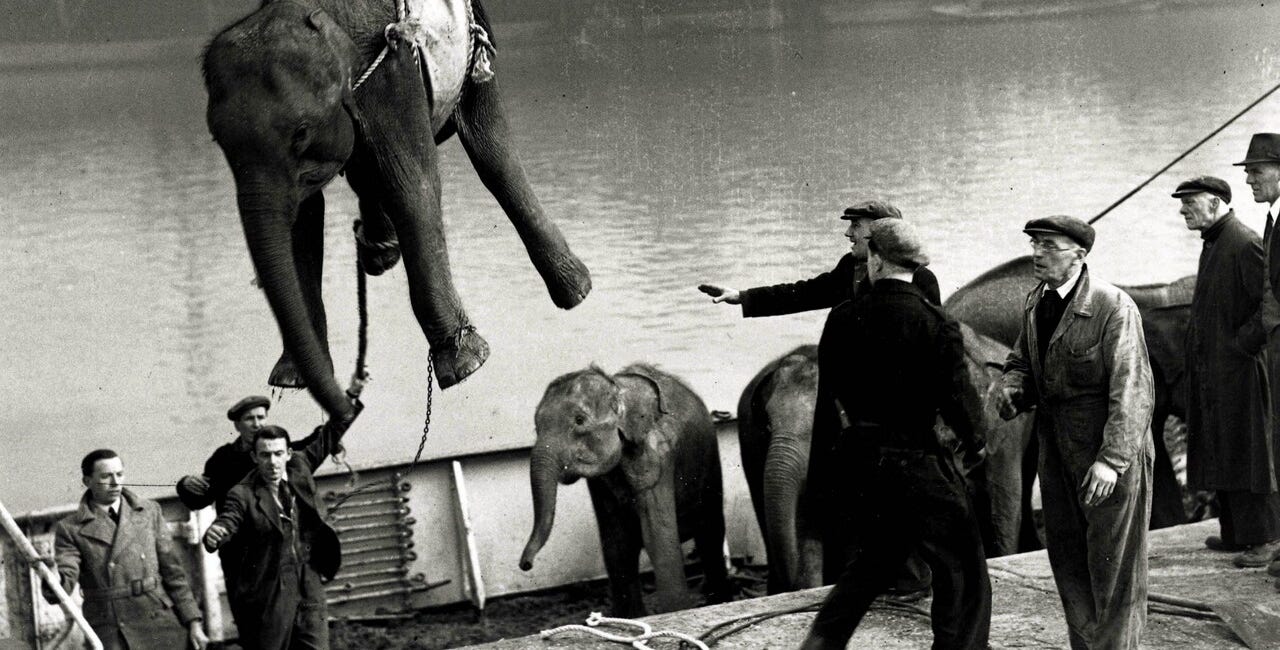Borrowing from others
Intertextual appropriation is when a filmmaker takes something from another piece of art or culture and places it in a new context, giving it new meaning. This technique allows creators to add depth by referencing familiar cultural works openly or subtly. Conversation Piece (Tunmer, 2009) is a great example of how intertextuality can enrich storytelling.
Conversation Piece is a 7-minute short film where jazz music replaces traditional dialogue. The film follows Jean and Maurice, a married couple, as they navigate a small and revealing domestic dispute: Jean notices a chip in a vase, and Maurice, pretending ignorance, tries to avoid confessing his role in it. This entire scene unfolds without spoken dialogue, relying instead on a piece of music by legendary jazz cornetist Rex Stewart, also titled Conversation Piece.
Stewart's music is central to the film, serving as a form of "conversation" where his cornet mimics the tones and rhythms of human speech. This musical choice showcases intertextual appropriation at its finest, as Conversation Piece reinterprets an existing work (the music) and embeds it into a new narrative, with the song standing in for dialogue.
Music as the narrative tool
The interplay between the characters and the music transforms the scene into a clever metaphor. The improvisational nature of jazz mirrors the back-and-forth exchange between Jean and Maurice, giving us clues about their relationship. Jean’s persistence and Maurice’s evasiveness are echoed in the playful and shifting tones of the cornet and piano. The music not only underscores the tension but also serves as a narrative, prompting us to rethink how sound can replace dialogue in storytelling.
Questions for classroom discussion after watching Conversation Piece
Character analysis - How are Jean and Maurice portrayed? Write a character description for both characters. What other shorthand (intertextual reference) is used in the film to communicate their personalities?
Music as a narrative device - How does the music convey tone, emotion, and context to the audience?
Cinematography - In what ways do camera placement and movement contribute to how the story is communicated?
Impact of appropriation - How does using non-original material (in this case, the music) change or enhance the narrative? Would this film have been as interesting if Jean and Maurice just used their voices and had an argument?
TOK Connection
For an extra layer, ask students to reflect on how referencing other texts, be it music, film, or literature, affects how we construct and understand meaning. By engaging with intertextuality, students are not just analyzing a film; they are exploring how knowledge and understanding are built on shared cultural experiences.
Where did the idea of intertextuality come from?
Julia Kristeva first introduced the idea of intertextuality in her 1966 essay "Word, Dialogue, and Novel," which was later published in her book Séméiotiké in 1969. In this essay, she explained that all texts are connected to other texts, meaning that every story or piece of writing is influenced by what came before it. The work of Mikhail Bakhtin inspired Kristeva and showed how writers and creators borrow ideas from each other to create new meanings. This idea has since been used to study literature, film, media, and culture.
You might also want to read





